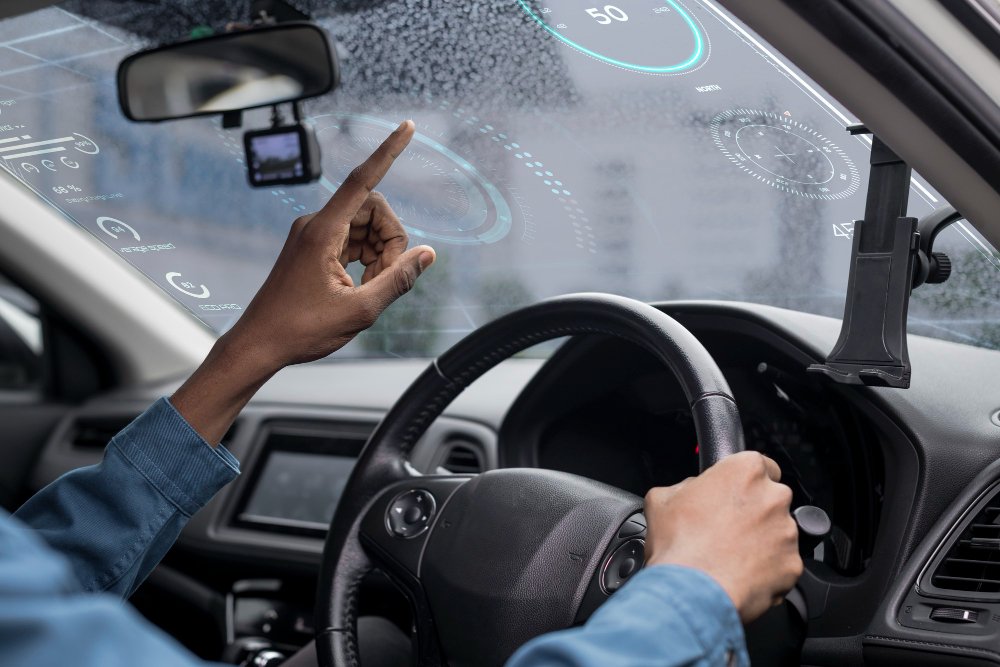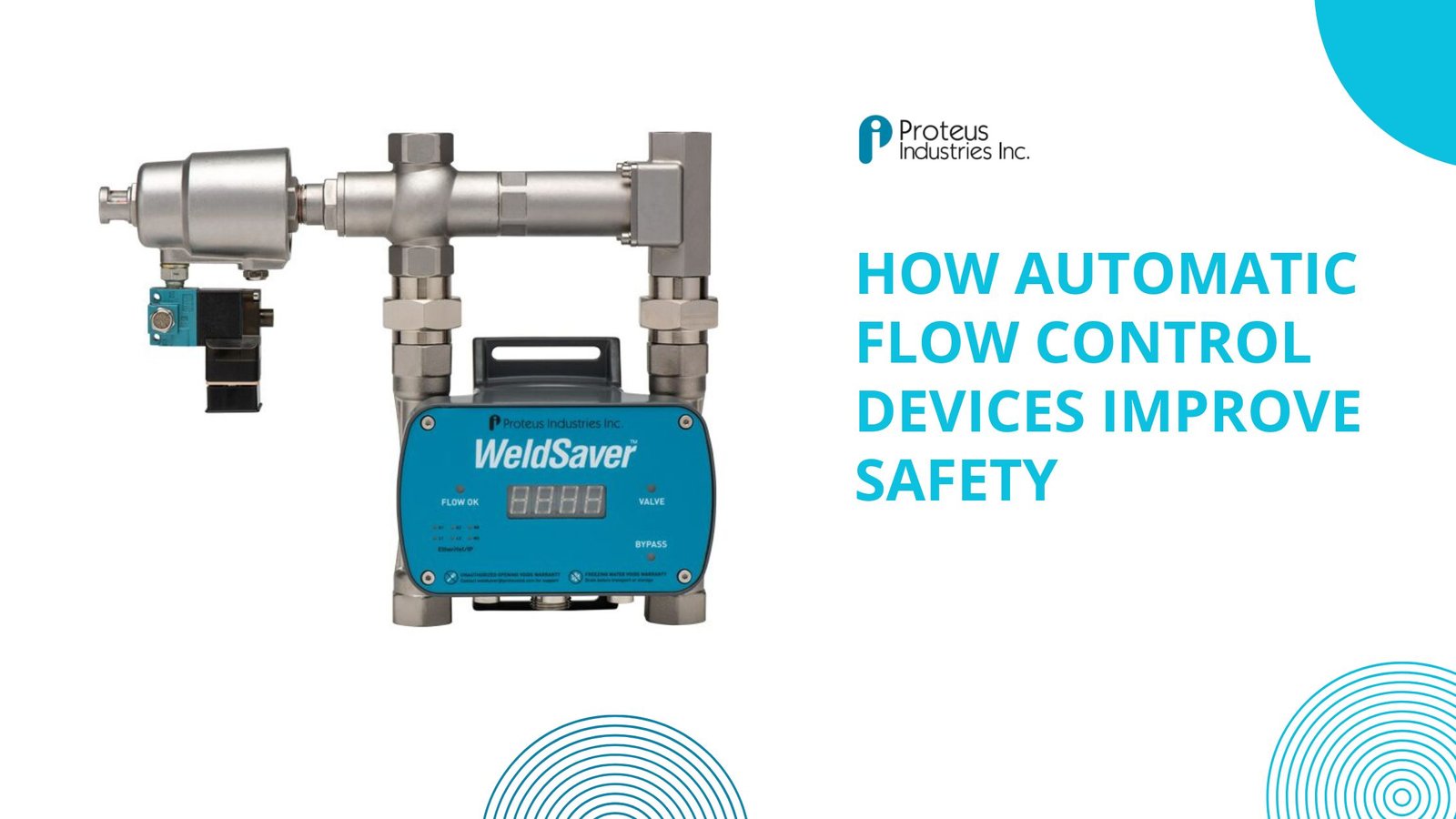In the age of digital transformation, transportation infrastructure is evolving rapidly to support safety, efficiency, and intelligent automation. One of the standout innovations in modern traffic and security management is the license plate recognition system. Commonly deployed across urban intersections, parking facilities, highways, and secured premises, this AI-powered technology is revolutionizing how vehicles are monitored, tracked, and regulated. Its value lies not only in automated surveillance but also in the wealth of real-time data it provides to city planners, law enforcement, and private operators.
Introduction: Why Vehicle Identification Matters
The increasing volume of vehicles on the roads poses a unique challenge to urban administrators and security forces. Manual systems for tracking vehicle movement are inefficient and often inaccurate. A growing number of cities and organizations are turning to automated systems to overcome these limitations. At the core of these upgrades lies the license plate recognition system, a computer vision-based solution that identifies and records vehicle number plates without human intervention.
How License Plate Recognition Works
At a fundamental level, the system uses high-speed cameras to capture images of vehicles, especially their license plates. Through Optical Character Recognition (OCR) and image-processing algorithms, the alphanumeric data is extracted, verified, and cross-checked against databases for specific flags such as blacklisted vehicles, traffic violators, or time-restricted entries. The process is swift and typically takes place in real time, even when vehicles are moving at high speeds or in low visibility conditions.
Key Advantages of Implementing a License Plate Recognition System
1. Enhanced Traffic Law Enforcement
One of the most immediate benefits of this technology is its ability to automatically detect and record violations such as red-light jumping, overspeeding, or unauthorized lane usage. Authorities can generate e-challans instantly, reducing human error and ensuring consistent enforcement across regions. This leads to better compliance and increased accountability among drivers.
2. Improved Urban Security
The system plays a critical role in urban safety by helping detect stolen or suspicious vehicles. When integrated with national crime databases, the system can trigger real-time alerts upon identifying a flagged vehicle. This capability becomes especially vital in sensitive zones such as government buildings, military facilities, and international borders.
3. Efficient Parking Management
In large commercial complexes, airports, and gated communities, license plate recognition systems streamline the parking process by eliminating the need for physical tickets or access cards. Entry and exit times are logged automatically, making payment systems more accurate and reducing congestion at gates.
4. Data-Driven Traffic Planning
With its ability to capture, store, and analyze large volumes of vehicle movement data, the system supports data-driven decisions in infrastructure development. Traffic authorities can identify bottlenecks, peak usage times, and popular routes, all of which can inform future road expansion, traffic signal timing, and public transportation planning.
5. Cost-Effective Surveillance
Though initial implementation may seem capital-intensive, the long-term cost savings are significant. The automation of enforcement and monitoring reduces the need for human resources, minimizes manual errors, and ensures 24/7 surveillance. Moreover, it serves multiple purposes—law enforcement, access control, traffic planning—all from a single integrated system.
Expanding Applications Beyond Urban Settings
While urban traffic control remains the primary domain, license plate recognition systems are also gaining traction in logistics, retail, hospitality, and event management. Retail malls can offer personalized promotions based on visitor vehicle IDs, while logistics hubs use them to monitor truck entry, loading, and departure times.
At airports, these systems work in tandem with other security technologies such as explosive detection scanners and under-vehicle surveillance. The fusion of such technologies ensures seamless monitoring across all vehicle touchpoints. In fact, ongoing innovations such as those discussed in the article on Technology Advances in ETD for Airports show how different AI-powered tools are coming together to create end-to-end surveillance ecosystems.
Market Landscape: Top 5 Companies Providing License Plate Recognition Services
With growing demand, several global and regional players have emerged as frontrunners in this space. Some of the top companies offering license plate recognition system services include:
- Genetec Inc. – A Canada-based firm known for unified security systems, including license plate recognition and access control.
- Neology, Inc. – Focuses on tolling and traffic enforcement technologies using advanced plate recognition solutions.
- Kapsch TrafficCom – Offers intelligent transportation systems, including high-performance license plate recognition modules.
- Q-Free ASA – A Norway-based provider delivering traffic management systems that include ANPR as a core feature.
- ARH Inc. – A leading developer of OCR-based recognition software used globally for license plate and ID scanning.
Each of these organizations offers slightly different capabilities and specializations, ranging from law enforcement applications to tolling and smart city infrastructure.
Conclusion: Driving Forward with Intelligence
As cities strive to become smarter and more connected, the license plate recognition system stands out as a cornerstone technology. It delivers tangible improvements in security, traffic management, and operational efficiency. Beyond its role in enforcement, it provides actionable insights that drive intelligent infrastructure planning. With ongoing advancements in AI, camera optics, and data analytics, this technology will continue to shape the future of mobility and security across both public and private domains.













Leave a Reply